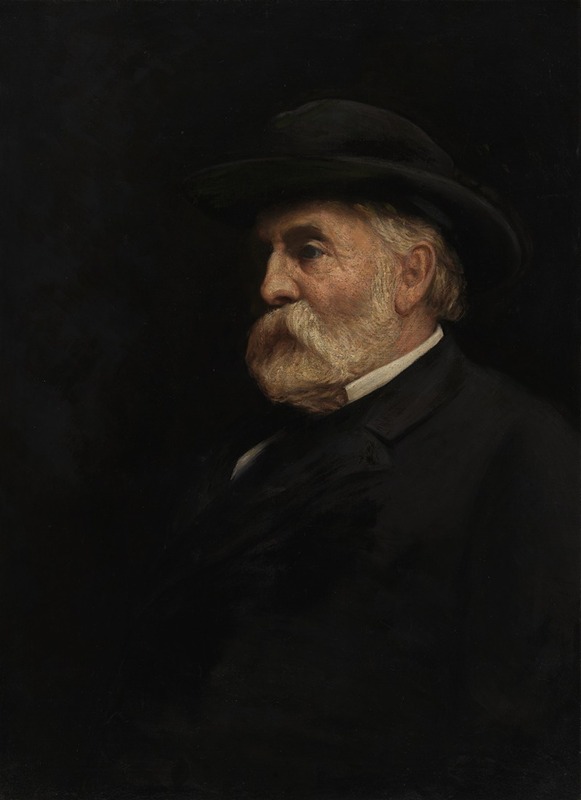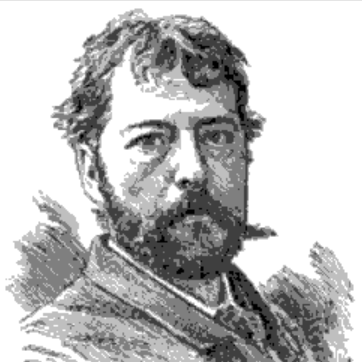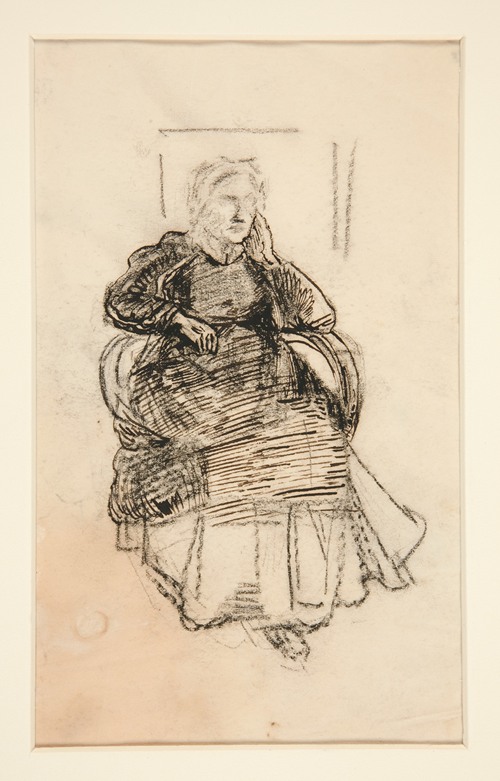

Francis Augustus Lathrop was an American artist.
He was born at sea, near the Hawaiian Islands, being a great grandson of Samuel Holden Parsons and the son of George Alfred Lathrop (1819–1877), who for some time was United States consul at Honolulu. He was a pupil of T. C. Farrar in New York, and studied at the Royal Academy of Dresden. After four months of study in Dresden, at the recommendation of James Whistler he went to London to study with that artist. However, on arriving there, he was recalled to New York to help deal with family financial problems. He gave drawing lessons for a year, and, the family's financial situation having improved, he returned to London to study with Whistler. He felt neglected by this master, however, and soon moved on. From 1870 to 1873, he studied under Ford Madox Brown and Edward Coley Burne-Jones in England, and worked in the school of William Morris, where he devoted particular attention to stained glass.
His family's financial situation again recalled him to New York in 1873. He taught painting at Cooper Institute, became known as an illustrator, painted portraits, designed stained glass, and subsequently confined himself to decorative work. He designed the chancel of Trinity Church, Boston, Massachusetts, and decorated the interior of Bowdoin College chapel, at Brunswick, Maine, and several churches in New York. The Marquand memorial window, in the former Marquand chapel at Princeton, New Jersey (destroyed 1920), was an example of his work in stained glass. His last work was a series of medallions for the building of the Hispanic-American Society in New York. He was one of the charter members of the Society of American Artists, and became an associate of the National Academy of Design, New York. He died at his home in Woodcliff Lake, New Jersey, on October 18, 1909.


